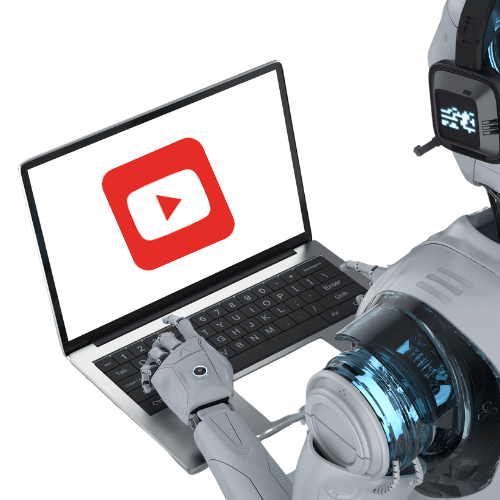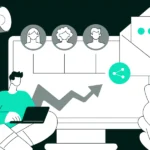Standing out on platforms like YouTube can be a hefty challenge. Success relies heavily on your number of followers, views, and subscribers – these are the aspects that boost your visibility and potential earnings. To keep up in this dynamic yet cut-throat environment, a particular tool known as the view bot proxy list has piqued interest. But what exactly is a YouTube view bot proxy list? In this new proxy glossary episode, we will explore this term, and understand its possible risks and legal consequences.

Table of Contents
What Exactly is a View Bot Proxy List?
A view bot, in the simplest of terms, is a piece of software designed to simulate human activity on social media platforms. By creating and controlling networks of fake accounts or ‘bots’, these programs can artificially boost views, likes, subscribers, and more. View bots are closely tied to proxy servers, which are used to mask the origin of this fraudulent traffic. This leads us to a deeper understanding of the second half of our puzzle: what exactly is a view bot proxy list?

A view bot proxy list is a group of proxy IP addresses and identities used to inflate views, and other engagement metrics on YouTube and social platforms through view bot services. These lists contain multiple IP addresses from all around the globe and YouTube view bots use to route traffic through different locations, thereby disguising the true source and amplifying views of a certain channel.
In 2019, YouTube removed over 2 billion fake views from music videos
Reasons People/Businesses Use View Bot Proxy Lists
You might be wondering, “Why would anyone opt for view bot proxy lists?” It’s a fair question. The reasons that drive people or businesses to employ these bots and proxy lists include:
- Influence and Authority: On YouTube, substantial view numbers matter. More views, likes, and followers often translate to a higher perceived authority or influence. This is particularly useful for influencers or businesses that base their credibility on these numbers, as a high view count can make a post or a profile seem more important or popular than it is.
- Monetization: Advertising is a common way for content creators to make money on YouTube. However, income from advertising often depends on engagement metrics such as view counts, likes, and shares. Therefore, artificially inflated numbers might attract more advertisers, leading to higher potential earnings.
- Search Engine Rankings: Views play a pivotal role in determining the visibility of content on many platforms. For instance, a YouTube video with a high number of views often appears higher in search engine results, garnering more organic engagement in the process. Likewise, an Instagram account with a high number of likes can see improved visibility within the platform’s algorithm. Hence, artificially inflating these metrics can help to manipulate search engine rankings.
In 2019, YouTube reported removing over 5 million fake accounts.
How Does View Bot Proxy Lists Work?
Nothing more than a compilation of proxy IP addresses, these lists aid in artificially stepping up engagement metrics. But, how do they work on the backend?
Proxy lists comprise various IP addresses sourced from proxy servers. These can be of different types, such as HTTP, HTTPS, SOCKS5, SSL, etc. They typically include details like port, speed, response time, uptime, and latency. These lists are created by collecting potential proxy IP addresses, which are then tested and filtered for suitability.
To ensure the bots’ effectiveness and avoid detection, YouTue residential proxy lists are often used. These are actual users’ IP addresses, making the requests appear as unique visitors. This approach significantly reduces the likelihood of triggering YouTube’s security measures like CAPTCHA or account lockouts.
By rotating these proxies, the bots can maintain anonymity and simulate the activity of different users from various locations.
Read more:

Operation Of Bots With Proxy Lists
The view bots are programmed to browse YouTube and play videos through different proxy server IP addresses provided in the proxy lists. This gives the impression of multiple, unique viewers watching the content. Some view bot applications come with pre-configured proxy settings, while others may require manual input of proxy server IP lists. The core principle is similar to using a VPN to browse as if you are in a different location, thereby bypassing geo-restrictions and protecting identity.
Detection Consequences
It’s important to note that despite these measures, using view bots carries risks. YouTube’s algorithms are designed to detect artificial engagement, and the use of view bots is against YouTube’s Terms of Service. Detected use of view bots can lead to consequences like video takedowns or channel suspensions.




